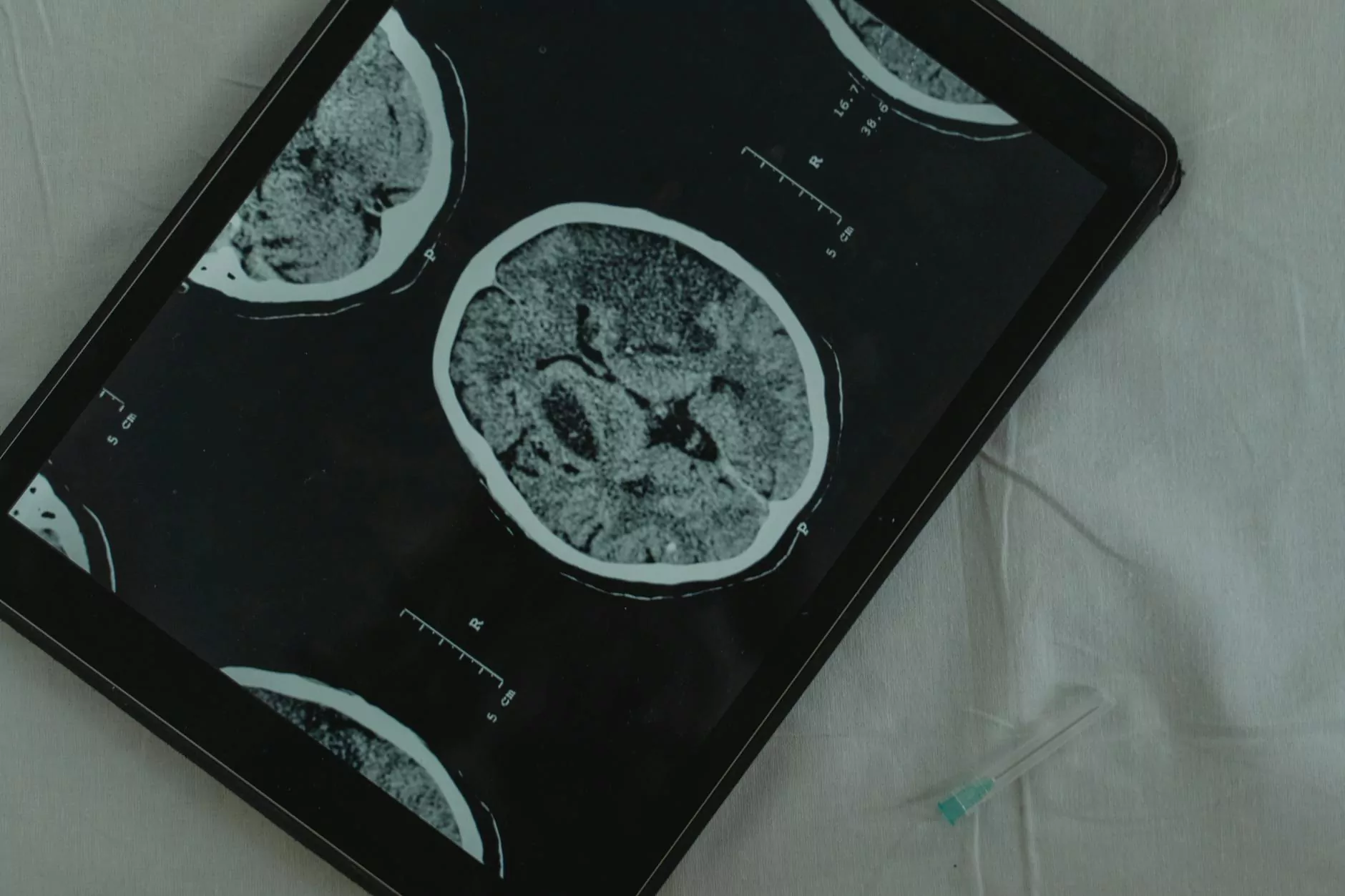Lung Cancer CT Scan: A Comprehensive Guide

Lung cancer is a leading cause of cancer-related deaths worldwide, making early detection critical for effective treatment. One of the most advanced methods for early diagnosis is the CT scan (Computed Tomography), specifically designed for lung cancer assessment. In this article, we will delve into the importance of lung cancer CT scans, how they work, and their role in the medical landscape, shedding light on everything that patients and healthcare providers need to know.
Understanding Lung Cancer
Lung cancer typically refers to the uncontrolled growth of abnormal cells in the lungs. There are two main types:
- Non-small cell lung cancer (NSCLC): The most common type, accounting for approximately 85% of cases.
- Small cell lung cancer (SCLC): Less common, but tends to spread more aggressively.
Symptoms may include persistent cough, shortness of breath, chest pain, and unexplained weight loss. Due to these subtle symptoms, lung cancer often goes undetected until it reaches advanced stages, emphasizing the need for effective screening methods like CT scans.
The Role of CT Scans in Lung Cancer Diagnosis
CT scans are imaging tests that provide a detailed view of the lungs, allowing physicians to detect and diagnose lung cancer at an early stage. They utilize X-ray technology and advanced computer technology to generate images that are more detailed than standard X-rays. Here's how CT scans play a crucial role in lung cancer diagnosis:
1. Early Detection
Early detection significantly increases treatment options and survival rates. CT scans can identify small tumors before they manifest symptoms, which is critical for:
- Improving prognosis.
- Facilitating less aggressive treatment options.
- Enhancing overall survival rates.
2. Monitoring Treatment Response
During and after treatment, lung cancer CT scans are vital for monitoring the effectiveness of therapy. They help in:
- Assessing tumor shrinkage or growth.
- Identifying new tumors.
- Guiding further treatment decisions.
3. Staging Lung Cancer
CT scans are essential for staging lung cancer, which helps determine the extent of cancer spread. Staging is crucial for planning appropriate treatment regimens, which may include:
- Surgery.
- Radiation therapy.
- Chemotherapy.
The Procedure: What to Expect from a Lung Cancer CT Scan
Undergoing a CT scan is a relatively quick and painless process. Here is what you can typically expect:
Before the Scan
Prior to the scan, you may be asked to:
- Avoid eating or drinking for a few hours.
- Remove jewelry or metallic objects.
- Discuss any allergies, especially to contrast dye (if it is to be used).
During the Scan
During the CT scan, you will lie on a narrow table that slides into the CT machine. You will need to remain still, and you may be asked to hold your breath briefly while images are taken. The scan typically lasts between 10 to 30 minutes.
After the Scan
Once the scan is complete, you can resume normal activities immediately unless advised otherwise. If contrast dye was used, you may need to drink fluids to help flush it from your system.
Benefits of Lung Cancer CT Scan
The benefits of utilizing CT scans for lung cancer screening and diagnosis are numerous:
1. High Accuracy
CT scans boast a high level of accuracy in detecting lung nodules and masses, significantly reducing the chances of false positives and negatives.
2. Non-Invasive
CT scanning is a non-invasive procedure, making it safer for patients compared to more invasive methods like biopsies or exploratory surgery.
3. Quick Results
Results from CT scans are typically available quickly, allowing for timely clinical decision-making.
4. Versatility
CT scans can also be used for other diagnostic purposes, making them a versatile tool in medical imaging.
Advancements in Lung Cancer CT Technology
In recent years, CT scan technology has significantly evolved, leading to improved diagnostic capabilities:
1. Low-Dose CT Scans
Low-dose CT (LDCT) scans have emerged as a preferred method for lung cancer screening, especially in high-risk populations. LDCT reduces radiation exposure while maintaining image quality.
2. Artificial Intelligence and Imaging
Recent advancements in artificial intelligence (AI) are being integrated into CT imaging to assist radiologists in identifying lung tumors more accurately and efficiently. AI algorithms can analyze images and highlight areas of concern that may require further investigation.
Conclusion: The Vital Importance of Lung Cancer CT Scans
In summary, lung cancer CT scans represent a crucial element in the fight against lung cancer. Their ability to provide detailed imaging, facilitate early detection, and aid in treatment planning cannot be overstated. For patients at risk or experiencing symptoms, discussing the option of a CT scan with a healthcare provider can be a critical step toward effective diagnosis and treatment.
It is essential for patients and families to be proactive about their lung health. By understanding the significance of lung cancer CT scans, individuals can make informed choices and advocate for themselves in the healthcare system. As technologies continue to advance and improve, the future of lung cancer diagnosis and treatment looks brighter than ever.









